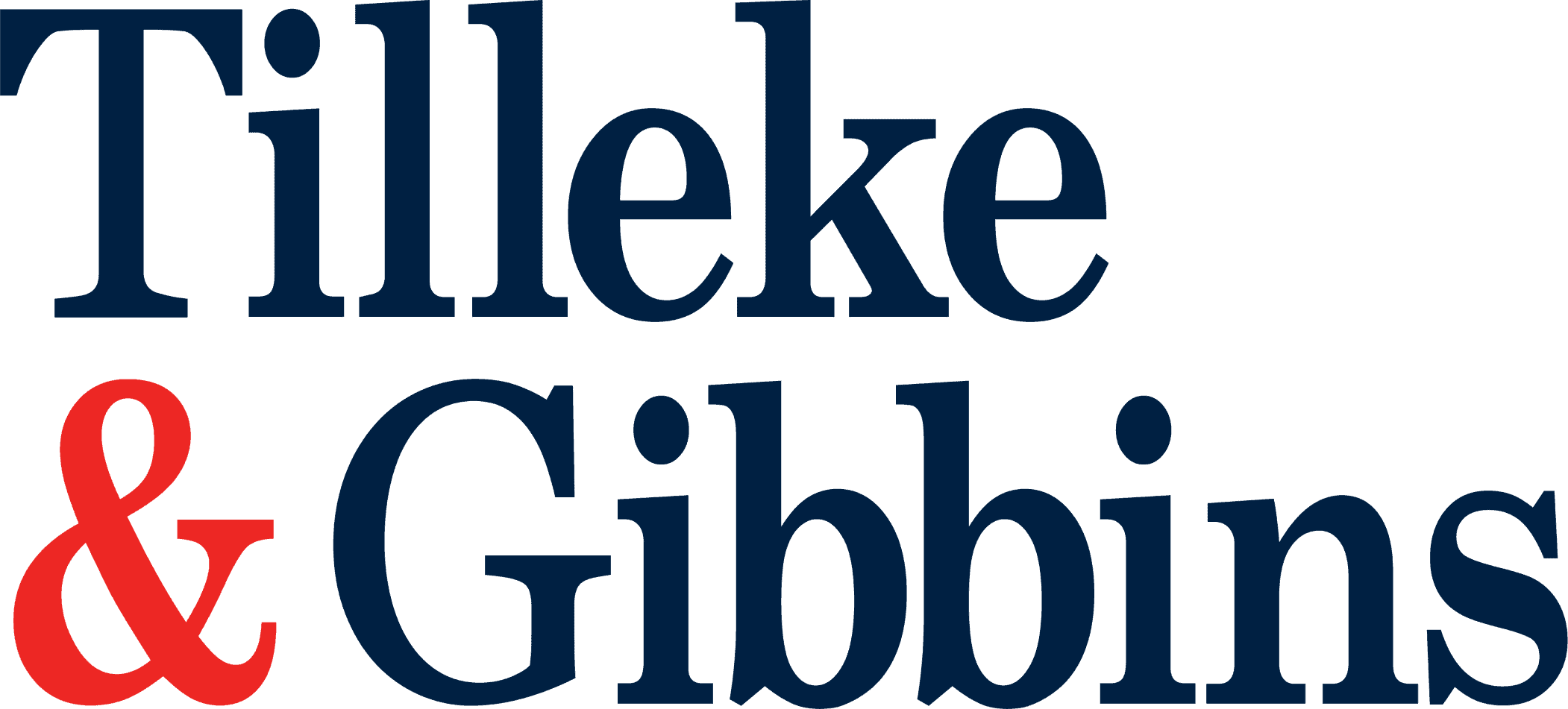
On March 1, 2013, Thailand adopted into its system of trademark registration the Tenth Edition of the Nice Agreement, under which there are 34 classifications of goods (Classes 1 to 34) and 11 classifications of services (Classes 35 to 45). The classifications—collectively known as the International Classification of Goods and Services—are generally followed by Thailand’s trademark registrars, but at times, they require clearer and more specific descriptions for certain goods and services.
In this article, we explore the ways in which goods and services should be described in order for them to be accepted by trademark registrars in the desired classification for trademark registration in Thailand.
The Classification System
Under Section 9 of the Thai Trademark Act B.E. 2534 (1991), an application to register a trademark may be made for particular kinds of goods. Most applicants wish to obtain the broadest protection possible when filing a trademark application—by identifying their products in broadly descriptive terms, applicants make accommodation for the future expansion of their business and products. Thailand’s trademark registrars, however, do not accept terms that are broad in nature, such as class headings and most sub-class headings—instead, goods and services must be individually listed on an item-by-item basis.
On the other hand, descriptions that are excessively detailed may cause the applicant’s product to be classified in alternate classes and, as such, should be deleted. In addition, applicants should avoid using the following unpermitted words and combinations of words in the specification: “including,” “especially,” “thereof,” “for example,” and “such as.”
Amending Numbers of Goods
Recently, trademark registrars in Thailand have refused petitions to amend filed goods which increase the number of goods originally filed for, even if the amended goods are within the scope of the broader goods. With this in mind, applicants should specify their products in detail when filing their original application. Applicants should also be sure to list the number of goods for each item separately when filing their trademark application form.
Inappropriate Descriptions and Recommendations
We list below some examples of inappropriate descriptions of goods and services and our recommendations for how they should be amended:
- In Class 1, the terms “chemicals” and “chemicals used in industry” are inappropriate descriptions. Applicants should describe the goods in more detail, e.g., “chemical substances for use in the cosmetics industry,” “chemical substances for use in the chemical industry,” etc. As this class does not include chemicals for medical science, the term “other than for medical or veterinary purposes” may be used for unclear specifications (such as chemical preparations for analyses in laboratories, other than for medical or veterinary purposes, etc.).
- In Class 3, the terms “cosmetics,” “make-up,” and “perfumery” are inappropriate descriptions. More specificity is needed. Previously, the term “cosmetics for use with eyes, lips, cheeks, and hair” was considered appropriate, but now, it is no longer accepted. However, terms such as “facial make-up kits,” “facial skin care cosmetic kits,” and “body skin care cosmetic kits” are accepted. Instead of using “perfumery,” applicants may use “perfume,” “eau de cologne,” and “eau de toilet.”
- In Class 5, applicants may use the term “for medical use” to describe goods which are unclear and may be classified in other classes, e.g., “nutritional additives for medical use,” “nutritional food supplements for medical use,” “dietetic beverages for medical use,” etc.
- In Class 7, applicants may use the terms “machines” or “parts of machines” to describe unclear goods. Examples include “drilling press (machines),” “electric cutters (machines),” “caulking guns (parts of machines),” “air spray guns (parts of machines),” “valves (parts of machines),” “crankcases (parts of machines),” etc.
- In Class 10, for unclear goods that may be classified in other classes, applicants may add the term “for medical purposes” to describe these goods. Examples are “x-ray apparatus,” “x-ray photographs,” “x-ray tubes,” “protection devices against x-rays,” etc.
- In Class 25, the terms “pants” and “shoes” are inappropriate descriptions. The term “pants” should be specified as “pants (excluding sports pants and underpants),” “sports pants,” or “underpants.” Similarly, the broad term “shoes” must be broken down as either “shoes (excluding sports shoes)” or “sports shoes.”
- In Class 28, the term “toys” is an inappropriate description, but the terms “toys made of plastic,” “toys made of rubber,” “toys made of metal,” and “toys made of paper” are acceptable.
- In Class 35, the term “retail services” is inappropriate. The terms “business management assistance for retail services” and “the bringing together, for the benefit of others, of a variety of goods, enabling customers to conveniently view and purchase those goods” are recommended for applicants seeking broad protection for these kinds of services.
How to Approach Trademark Registrars
The International Classification of Goods and Services provides helpful general guidelines for developing descriptions, but because it contains few examples, it is by no means a definitive guide. In addition, not all of the descriptions that are stated in the system can be relied upon, as some of the items have not been accepted by trademark registrars.
Past experience in working with particular trademark registrars is crucial in understanding their requirements for acceptable specifications. Goods that applicants have registered in the past, however, may later become unacceptable, as each trademark registrar can differ in their points of view. Therefore, in dealing with trademark registrars, applicants should expect the unexpected, and take measures to fully understand the current practice.